Research
Researching Research
Complex concepts explained by student experts
Adinkras? OAM-entangled photons? Cryptobeilic Tetracycles?
While Harvey Mudd College recognizes the importance of student-faculty research, what’s sometimes less recognizable are the descriptive terms within that research. We chose four thesis projects presented during the College’s annual Presentation Days research celebration that included interesting—if not head-scratching—terms, and then asked the authors to explain.
Coupled oscillator
Alec Dunton ’16, mathematics
“Topological Data Analysis for Systems of Coupled Oscillators”
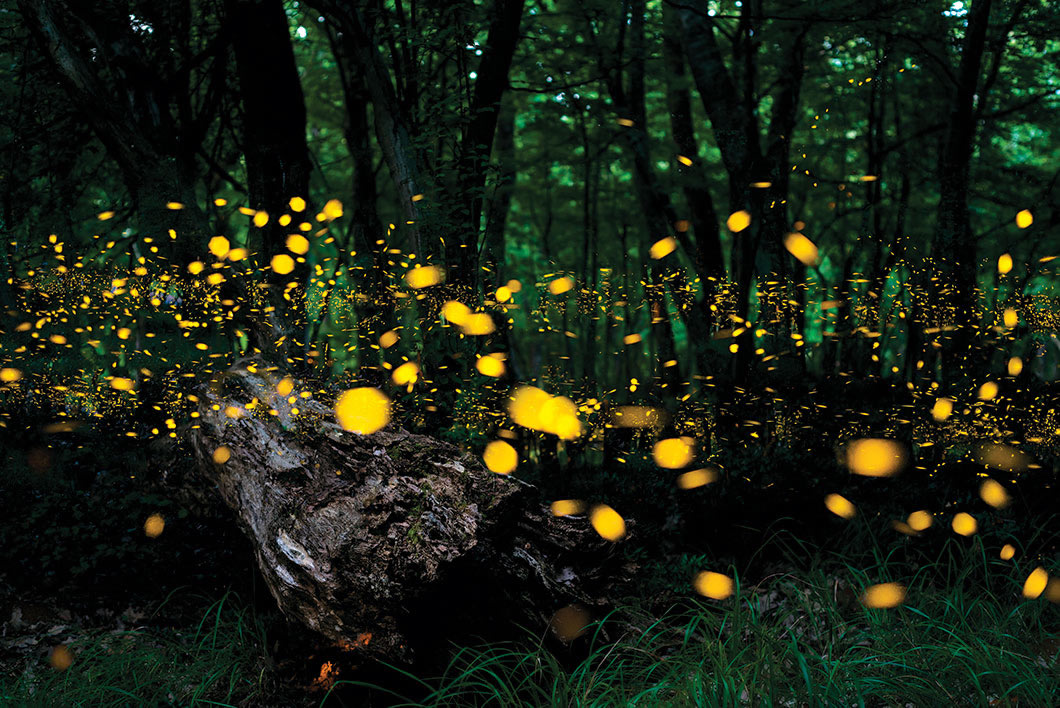
An oscillator is an object that exhibits periodic behavior, like a flashing firefly or a swinging pendulum. An oscillator is called “coupled” when its behavior is tied to that of another or many other oscillators. They are of strong interest in the mathematics community because of their ubiquity in nature and utility in modeling phenomena—think: bullfrogs croaking out of phase or a pacemaker entraining the beating of a heart.
“I learned about the model with which I was most concerned during my research, the Kuramoto model, as a sophomore in an ordinary differential equations class with my advisor Andrew Bernoff,” says Dunton. “A year later, I began a summer research project on the application of techniques from topological data analysis to systems of coupled oscillators governed by the equation derived by Yoshiki Kuramoto.
“I am not sure if I will continue work on this specific subject, but I may revisit it at some point while working toward my PhD at UCLA,” says Dunton, who graduated with High Distinction and received the Stavros Busenberg Prize in Applied Mathematics. “My interests tend to be about data science in general, and coupled oscillators have served as an interesting topic with real-world applications to which to apply techniques from computational topology.”
Stochastic heating
Xin Zhang ’16, physics
“Computational Modeling of Multi-Pass Stochastic Heating”
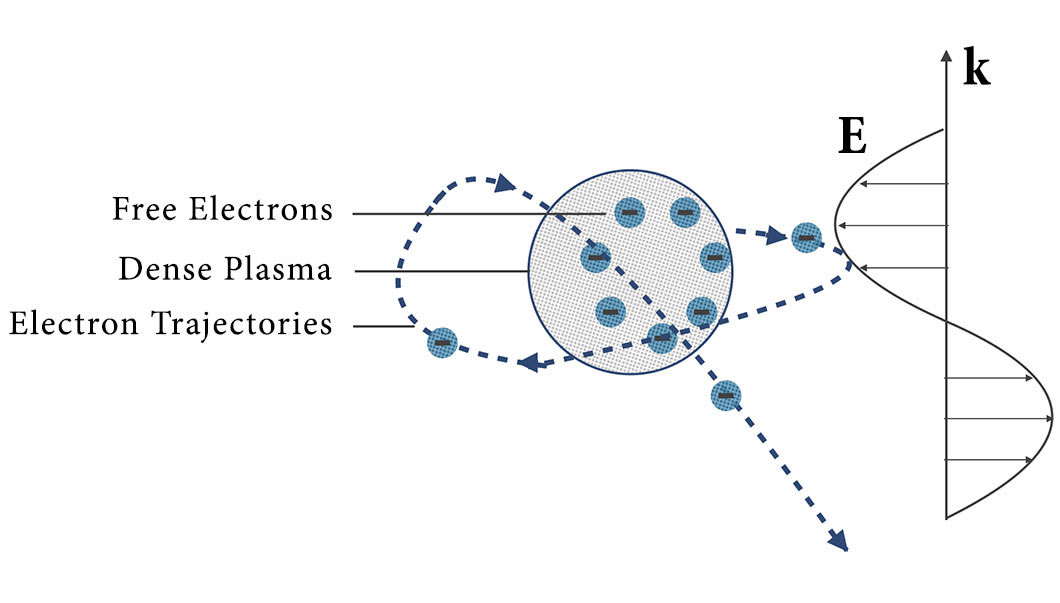
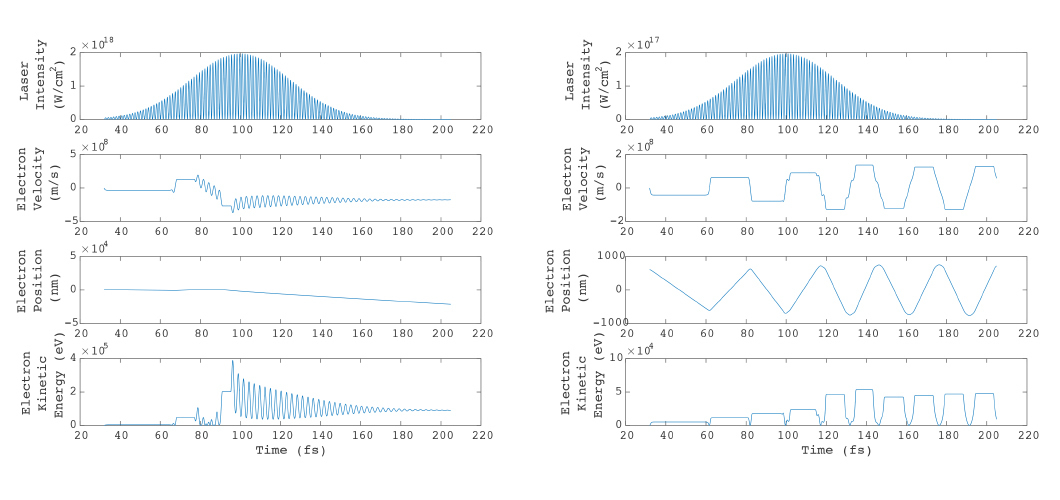
In stochastic heating, a laser frees electrons from the atoms in a solid (ionizes the solid into plasma) and then heats the electrons by repeatedly pulling them out of the solid and throwing them back in.
“By heating the electrons to energies high enough that they can escape from the solid, we can indirectly transfer laser energy to the ions in the solid,” says Zhang, who graduated with Distinction and is pursuing her doctorate in fusion studies at Princeton’s Plasma Physics Lab. “This could lead to small-scale fusion reactions, which could then be used as a clean, alternative energy source.”
A good analogy, she says, is picking up a bouncy ball from the floor and throwing it back down. By punching it back down every time it bounces up, eventually the ball has a lot more energy than it started with, bouncing much higher.
This simple comparison belies the complexity of the concept, however.
“I learned about [stochastic heating] from my research advisor Professor of Physics Tom Donnelly, who painstakingly explained the concept to me at least five times in the first three years of my college career,” says Zhang. “And then, it took me a couple of reads on papers and other textbooks to really understand it.”
For complex research, Zhang has a critical piece of advice: Take your time, read and be patient. “It takes a lot of background knowledge to understand the big picture, the motivation and the formulation of a research question,” she says. “After that, you can try to understand the technical details.”
Cryptobeilic Tetracycles
Shannon Wetzler ’16, chemistry
“Biomimetic Diels-Alder Reactions to Cryptobeilic Tetracycles”
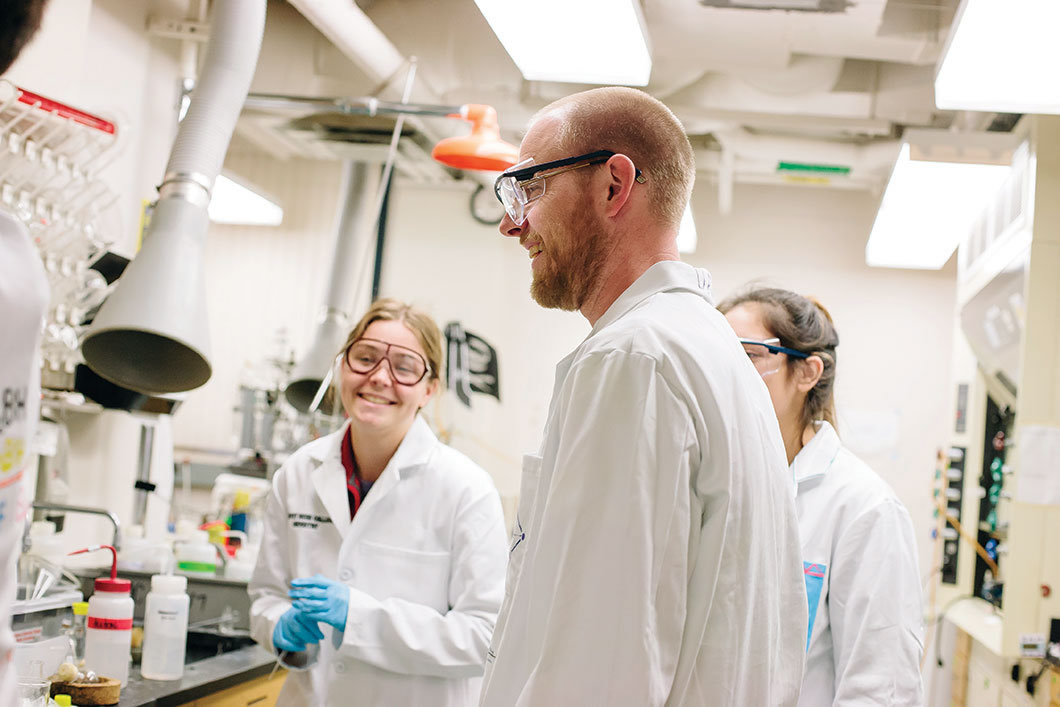
Cryptobeilic acid tetracycles are molecules found in a particular species of tropical plant (Beilschmiedia cryptocaryoides). Some cryptobeilic acid tetracycles have been found to have bioactive properties, which include being anti-malarial and anti-inflammatory.
“I knew absolutely nothing about cryptobeilic acid tetracycles, or organic synthesis in general, before attending HMC,” says Wetzler. “I had been working in Professor David Vosburg’s lab since my freshman year, so I had a relatively strong background in organic chemistry. A previous lab member (Eun Bin Go ’15) had worked on a similar project, and I was intrigued by the mechanism through which the synthesis occurred, which spurred me to design my project. Professor Vosburg was very supportive of my carrying out a project which interested me and helped me develop the project.”
Wetzler, a 2014 Goldwater Scholarship honorable mention recipient and winner of multiple awards at graduation, including the American Chemical Society Analytical Award, says she learned to break down projects into little bits and do a lot of background research. “It also is important to push forward with what interests you and pursue what you are questioning,” she says. “I think it is always important to remember that it is just a problem. Problems aren’t always solved in one day, one week, one try or even one year. Persistence and patience are important.”
Retrotransposon
Max Frenkel ’16, chemistry and biology
“Mobility of the Human L1 Retrotransposon in Drosophila melanogaster”
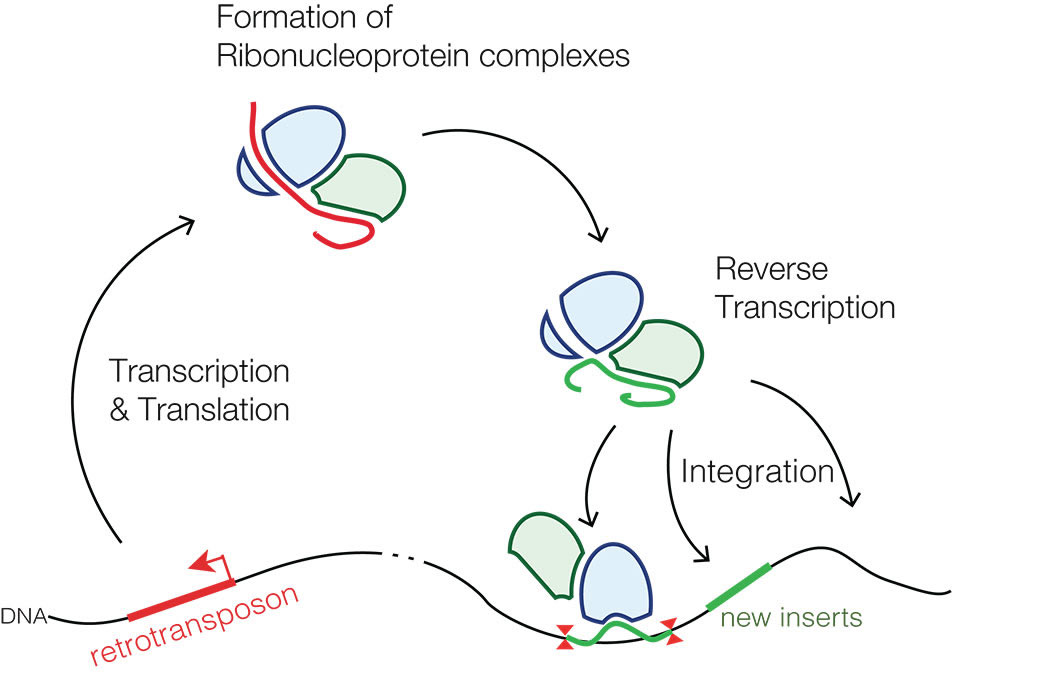
Retrotransposons are ancient pieces of DNA that “jump” throughout our genome by a copy-and-paste mechanism, says Frenkel. “It’s pretty astounding to realize that such elements (which mobilize more or less indiscriminately) make up approximately 40 percent of the human genome!”
Before Harvey Mudd, Frenkel says he knew of transposable elements but was unaware of their significant role in evolution and the possibility that retroelements contribute to aging and age-related diseases like neurodegeneration. “I discovered this field in Professor Jae Hur’s Topic in the Biology of Aging seminar course and adapted the grant proposal I wrote in that course for my thesis research.”
Frenkel, recipient of several departmental awards as well as an American Chemistry Society Polymer Award, has begun his pursuit of an MD/PhD at the University of Wisconsin- Madison, where his PhD research will be in chemical biology. He says the support of the Department of Chemistry was key to his interest and understanding of the research. “Given that HMC is an undergraduate institution, I expected to forge meaningful relationships with faculty, but I never expected the depth of commitment and care the chemistry faculty has shown me,” says Frenkel.